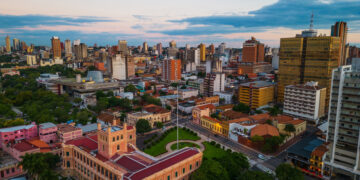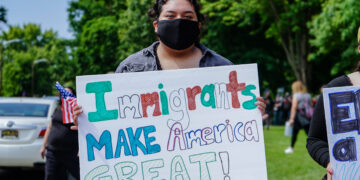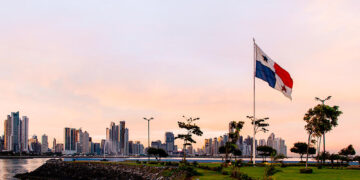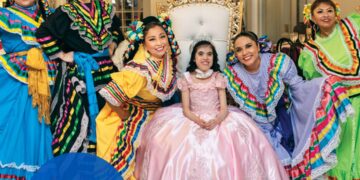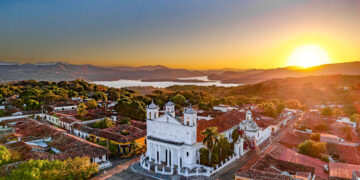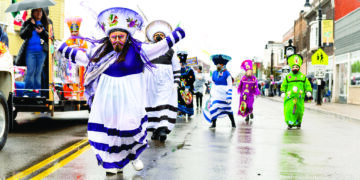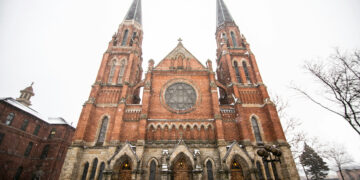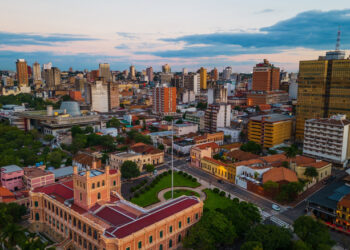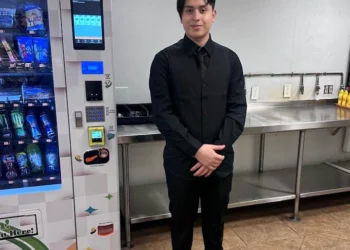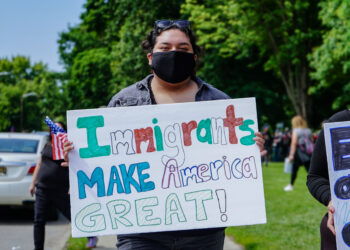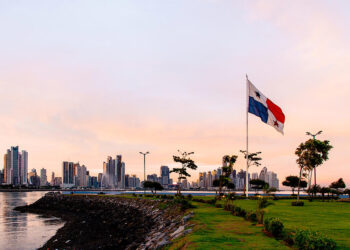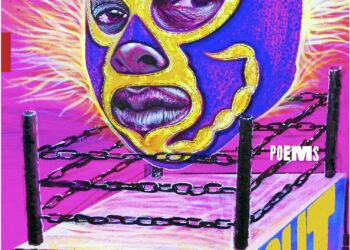La tradición de día de muertos es una de las festividades más representativas de la identidad prehispánica de México. Se celebra el 2 de noviembre de cada año llenando todo de color y festividad. La ofrenda-altar de muertos en todos lados se ven, pues hay tantos a quien homenajear.
El altar-ofrenda es una invitación a quienes se le dedica para que desde el más allá, desde el inframundo, vengan para festejar la vida y disfrutar aquello que tanto era de su gusto, es una forma de decir que no se les ha olvidado.
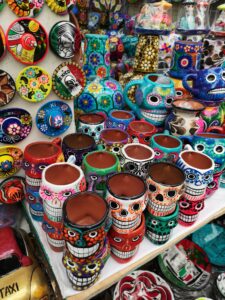
En el tipo de altar más común encontramos la foto a quien va dirigido en el piso más alto; la cruz de sal y ceniza en el suelo; los artículos de aseo en el nivel inmediato arribadel suelo; en todos los niveles velas, papel picado y flores de cempasúchil, así como las flores rojo purpúreo a las que se les llaman listones. En el piso de en medio, los objetos personales y los alimentos de su preferencia.
Los artículos de aseo: el espejo, el jabón, la bandeja de agua y la toalla son para que el muerto se lave antes del festín. Y los objetos personales es para que le recuerden que la vida que tuvo fue gozosa. La cruz de sal y ceniza son para que le purifiquen el espíritu. Las flores de Cempasúchil y flores listón rojo, así como las velas son para que guíen e ilumines su camino de regreso al mundo de los vivos.
Las ofrenda-altares tienen variaciones. El altar más apegado a la tradición católica, cuenta con tres niveles que representa: el cielo, la tierra y el purgatorio. Hay otros que lo apegan a lo prehispánico con nueve o trece niveles. Los altares de nueve, remiten a los nueve niveles del inframundo-Mictlán; los de trece, por los trece cielos o los trece caminos al cielo.
Hay regiones de México donde no se hace en niveles, sino que se hace en una sola superficie, como en Morelos que se hace un altar colgante o en el norte de México, en Sonora, los pueblos indígenas: mayos, yaquis, seris, que hacen su altar en el patio de sus casas, y le llaman Tapanco. El Tapanco es de un solo nivel elevado del suelo como a un metro, es una base hecha de varas de mezquite que simbolizan la misma plancha donde se lleva al muerto, sostenida por cuatro troncos de madera que simbolizan los sirios que acompañan al muerto. A diferencia de los altares y ofrendas del resto del país, en los tapancos del norte no se ponen las pertenencias ni fotos de quien fallece, ni papel picado, sino sólo unas velas, frutas, comida, flores y la cruz.
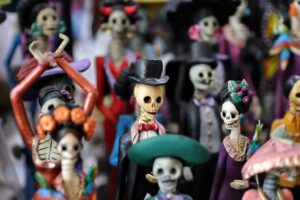
Otro de los elementos más simbólicos de esta fecha, es el Pan de Muerto, también este no es igual es todo el país, pues en algunas regiones de México, como en Guanajuato se hornea pan de anís con forma redonda y en el centro al frente lleva unas como manos atadas, al servirse se voltea y en la parte plana se embarra con cajeta de camote con guayaba, o de camote con nuez. En otras regiones como el centro del país al pan de muerto se le espolvorea con azúcar rosa. En otros lugares como en Michoacán el pan se hace con figuras humanas más detalladas y también figuras animales.
El papel picado, también juega un papel importantísimo y se hace con papel de china,
también llamado papel colibrí, un tipo de papel muy delgado y suave en una vasta cantidad de colores. Los colores más importantes para un altar de muertos son el naranja, el blanco, el azul, el rosa. Los patrones más comunes son calaveras o florales con diamantes, círculos, hojas y otras figuras que inviten a los muertos a volver. Los cortes se hacen doblando el papel de manera que al pasar las tijeras, las navajas o perfiladores los cortes creen las figuras al vacío, para luego colgarse con hilos, adornen como banderas ondeando.
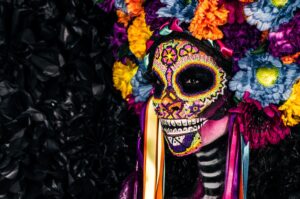
Otra de las tradiciones que acompañan este día es el intercambio de calaveritas de dulce, siendo común entregar calaveritas de azúcar decoradas con colores vivos y brillantes, que en la parte frontal del cráneo lleva el nombre de a quién se le va a regalar.
Este gesto es una forma de mostrar cariño.
Así, también se entregan Calaveritas Literarias, que son poesías cortas en rima, en las que se narra cómo la persona querida escapa de la muerte. Aquí les ponemos un breve ejemplo para que ustedes escriban la suya a alguien que quieran.
Francisca y la muerta
La parca viene contenta,
con la panza regordeta,
viene buscando la bizca
a la viva de Francisca.
Francisca está ocupada
la tía, la prima y la cocinada,
por todo el pueblo ella anda
de lo muy obligada.
A casa de tía la flaca
fue la pobre calaca
se apuró tanto la parca,
y tarde llegó la opaca
de Francisca no había nada.
Cansada la catrina,
lleva todo el día
cazando a Francisca
que lleva tanta prisa.
Yo sé que la Francisca,
mucho tiene por hacer
antes de poder fallece
por eso no cae distraída.
Day of the Dead
The Day of the Dead tradition is one of the most representative festivities of the pre-Hispanic
identity of Mexico. It is celebrated on November 2 of each year, filling everything with color and
festivity. The ofrenda-altar of the dead can be seen everywhere, since there are so many to honor.
The ofrenda-altar is an invitation to those from the afterlife, those who belong to the underworld, so they can come to celebrate life and enjoy what they liked so much while they were living, it is a way of saying that they have not been forgotten.
In the most common type of ofrenda-altar we find the photo to whom it is addressed on the
highest floor; the cross of salt and ashes on the ground; toiletries on the level immediately above
the ground; at all levels candles, shredded paper and marigold flowers, as well as the purplish red flowers called ribbons. On the middle floor, personal items and food of your choice.
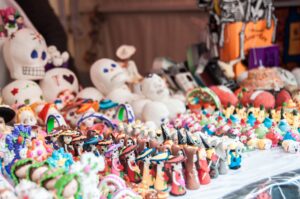
The toiletries: mirror, soap, water tray and towel are for the dead person to wash before the feast.
And the personal objects are to remind them that the life they had was joyful. The cross of salt and ashes are to purify their spirit. The Cempasúchil flowers and red ribbon flowers, as well as the candles are to guide and illuminate their way back to the world of the living.
The ofrenda-altar have variations. The altar that keep the ideology of the Catholic thoughts, has three levels that represent: heaven, earth and purgatory. There are others who are closest to the pre-Hispanic view and have nine or thirteen levels. The altars of nine refer to the nine levels of the underworld-Mictlán; those of thirteen, are a reminiscence of the thirteen heavens or the thirteen paths to heaven.
There are regions of Mexico where it is not done in levels, but rather on a single surface, such as in Morelos where a hanging altar is made, or, in the north of Mexico, in Sonora, the indigenous peoples: Mayos, Yaquis, Seris, whose make their altar in the patio of their houses, and they call it Tapanco. The Tapanco is a single level elevated one yard from the ground, it is a base made of mesquite poles that symbolize the same plank where the dead is carried, supported by four wooden trunks that symbolize the candles that accompany the dead. Unlike the altars and ofrendes in the rest of the country, in the Tapancos there are no belongings or photos of the person who died, nor shredded paper, but only some candles, fruits, food, flowers and the cross.
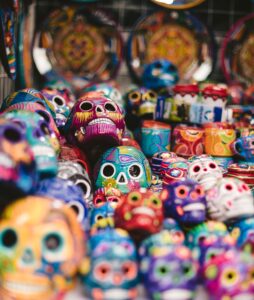
Another of the most symbolic elements of this date is the Pan de Muerto-Bread of the Dead, this is also not the same throughout the country, because in some regions of Mexico, such as Guanajuato, anise bread is baked in a round shape and in the center at the front. It has like hands tied, when served it is turned over and on the flat side it is smeared with cajeta of sweet potato with guava, or sweet potato with pecans. In other regions such as the center of México, bread of the dead is sprinkled with pink sugar. In other places, such as Michoacán, bread is made with more detailed human figures and also animal figures.
Papel picado also plays a very important role and is made with tissue paper, also called colibrí-
hummingbird paper, a type of very thin and soft paper in a vast number of colors. The most
important colors for an altar are orange, white, blue, pink. The most common patterns are skulls or florals with diamonds, circles, leaves and other figures that invite the dead to return. The cuts are made by folding the paper so that when passing the scissors, knives or profilers the cuts create the figures in a vacuum, and then hang them with threads, decorating like if they were waving
flags.
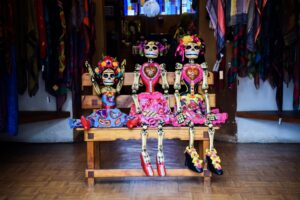
Another tradition that accompanies this day is the exchange of candy skulls, and it is common to give sugar skulls decorated with bright and vivid colors, which on the front of the skull bear the name of who it is going to be given to. This gesture is a way of showing affection.
Thus, Literary Calaveritas are also delivered, which are short poems in rhyme, in which it is
narrated how the loved one escapes death. Here we give you a brief example so that you can write yours to someone you love.
Francisca and death
The reaper comes happy,
with a plump belly,
she comes looking for the cross-eyed
Long live Francisca.
Francisca is busy
the aunt, the cousin and the cook,
throughout the town she walks
of the very obligatory.
To skinny aunt’s house
she was the poor calaca
she hurried so much the reaper,
and late came the opaque.
Catrina tired,
she wears it all day
hunting Francisca
that she is in such a hurry.
I know that Francisca,
she has a lot to do
before I can die
That’s why she doesn’t get distracted.


